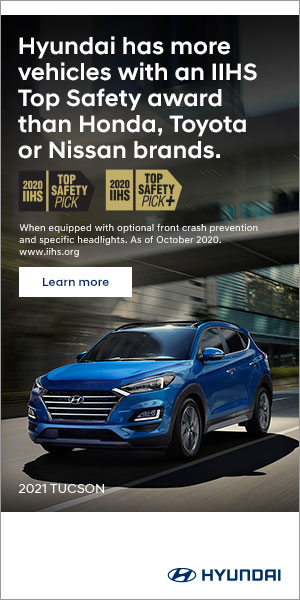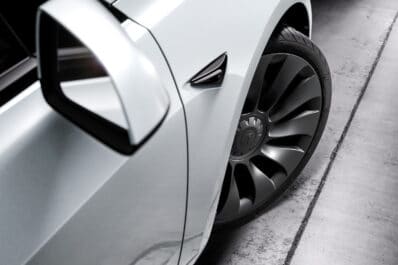Struggling with shortages and signs of consumer resistance to the rising prices of new vehicles, carmakers saw sales fall during the first quarter of 2022 with the decline dramatically higher during March despite the appearance of new EV models.

General Motors, Honda, Nissan, Kia and Toyota all reported big sales declines during the first quarter while Hyundai’s improved for the quarter but fell by double digits in March.
GM reported sales dropped 20% in the first quarter even though the company boasted of getting ahead of the supply disruptions in key segments.
“Our ability to meet pent-up demand improved dramatically thanks to a tremendous effort by our supply chain and manufacturing teams to keep our plants operating at close to normal levels,” said Steve Carlisle, executive vice president and president, GM North America.
“Supply chain disruptions are not fully behind us, but we expect to continue outperforming 2021 production levels, especially in the second half of the year.”
Nissan reported sales of Nissan brand vehicles dropped 29% during the first three months of this year, despite a strong showing by the all-electric Leaf. Sales of Nissan’s luxury Infiniti brand vehicles fell by more than 41 percent.
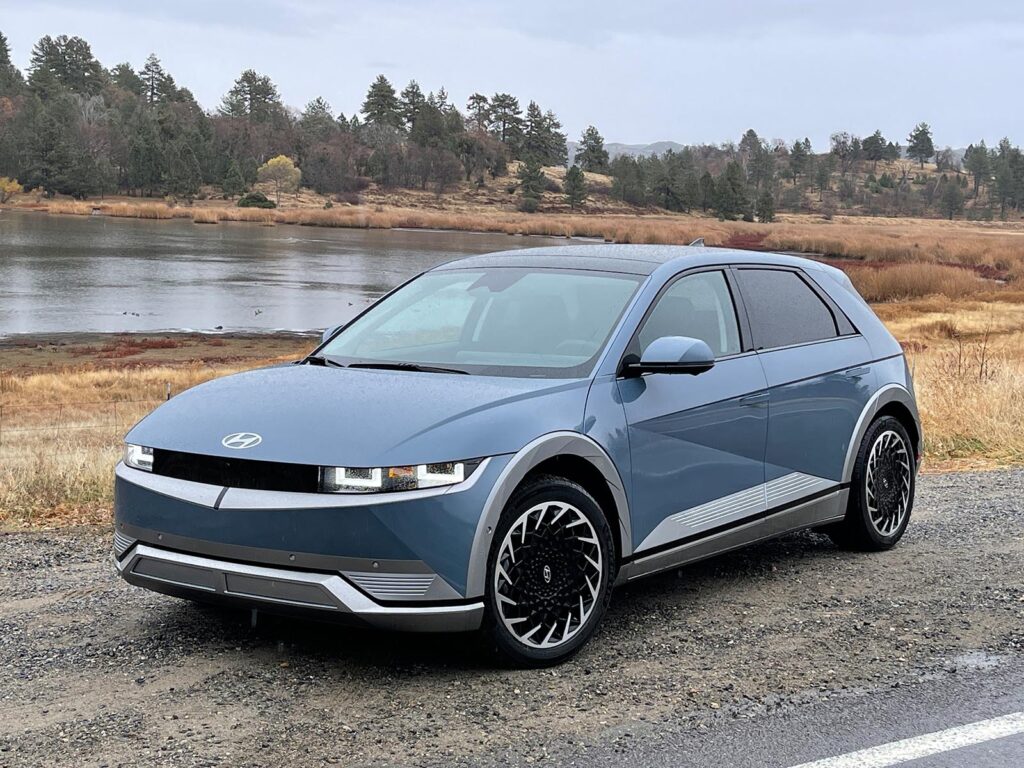
Toyota Motor North America reported March U.S. sales fell 23.5% versus March 2021. For the first quarter, TMNA reported sales fell 14.7% on a volume basis. Sales of electrified vehicles for the first quarter totaled 132,938, representing nearly 25.8% of TMNA’s total volume, up from 22.9% during the same period last year.
Stellantis reported its first quarter sales dropped 14%
“Despite being impacted by the existing supply chain constraints facing our industry, we continue to see strong demand for our vehicles,” said U.S. head of Sales for Stellantis Jeff Kommor.
Audi reported sales dropped 35% during the first three months 2022.
Electrified models sell quickly
By brand, Toyota sales were down 22.6% and Lexus sales were down 29.1 percent.
“We thank our loyal customers for their continued trust in the Toyota and Lexus brands and their patience as we work around the clock to ensure their needs are satisfied,” said Jack Hollis, senior vice president, automotive operations, TMNA.
“As we work through the ever-changing market dynamics, our customers can depend on our diverse lineup of sedans, trucks, utilities and electrified vehicles for their lifestyle.”
Dave Gardner, executive vice president of Business & Sales at American Honda, said lack of inventory remains a major issue for Honda, which saw its sales drop again during March. American Honda sales declined 23.3% during the first quarter and by 27.2% in March. By brand, Honda sales fell 23% in the quarter and by 27.2% in March, while Acura was down 25.5% in first quarter and 25.9% in March.
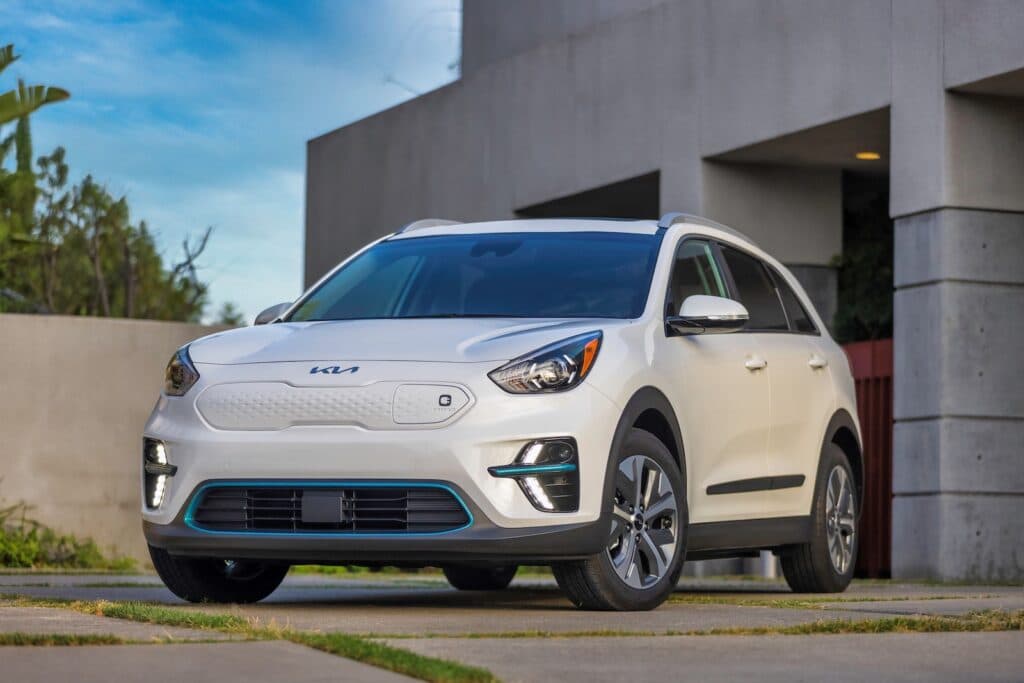
“Like much of the industry, we’re riding a bit of a roller coaster due to fluctuating parts supply issues, but strong March sales for Honda and Acura speak to the fact that demand remains strong, and our retail deliveries are based primarily on what we can supply to our dealers,” he said.
One trend bucker
Hyundai reported its sales increased 4% during the first quarter, putting it well ahead of the industry during the first three months of 2022. But the company’s figures also showed sales dropped 21% during March, although Hyundai’s sales of electrified vehicles jumped 179% last month.
“The first quarter was an all-time retail sales record for Hyundai as we focused on meeting the tremendous consumer demand despite ongoing inventory challenges,” said Randy Parker, senior vice president, national sales, Hyundai Motor America. “We outperformed the industry in Q1 and substantially increased our retail market share.”
Kia reported sales dropped 10% in March and 5.5% in the first quarter, but sales of electric models increased 55% and sales of the Niro line-up of electrified crossovers increasing by 32% over the previous monthly sales record set by the model.
Vehicle demand very strong
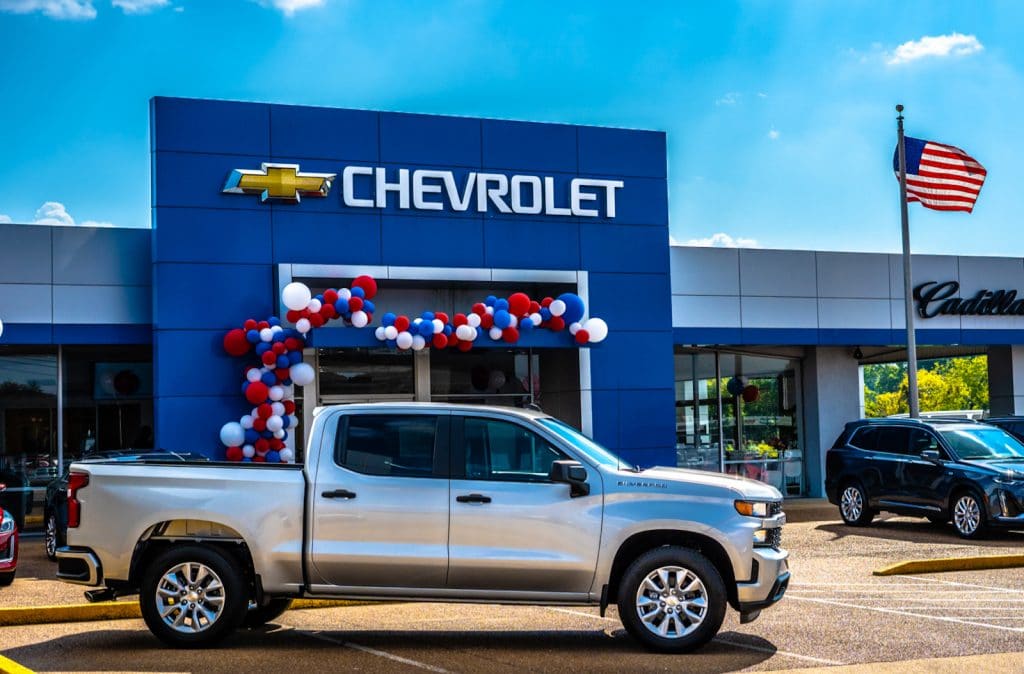
According to GM Chief Economist Elaine Buckberg, industry light vehicle volumes will grow this year and top 2021 levels, thanks to a strong labor market, higher vehicle production and pent-up demand.
“Ordinarily, a U.S. economy this strong would translate into light vehicle sales in the 17-million range,” she said. “Improvements in the supply chain should lift auto sales as the year progresses, despite headwinds from higher inflation and fuel prices.”
The overall market is changing in these unique times.
“Shrunken inventory continues to wreak havoc on both the new and used vehicle markets, and shoppers who can actually get their hands on a vehicle are committing to never-before-seen average payments and loan terms,” said Jessica Caldwell, Edmunds’ executive director of insights.
Edmunds indicates the average down payment on new vehicles climbed to $6,026 in first quarter of 2022, a 27% increase compared to first quarter of 2021 and the first time this figure has surpassed $6,000. The average down payment on used vehicles saw a less notable increase, climbing to $3,574 in first quarter of 2022, or a 7% increase compared to first quarter 2021.
Edmunds’ analysts also noted used loan durations set a new record this quarter, climbing to 70.4 months compared to 68.2 in first quarter 2021.

